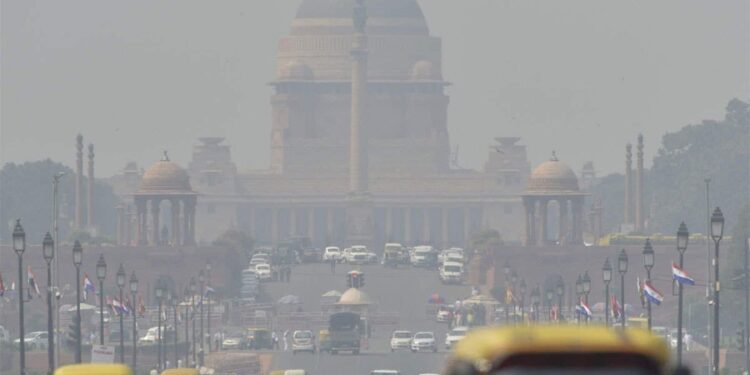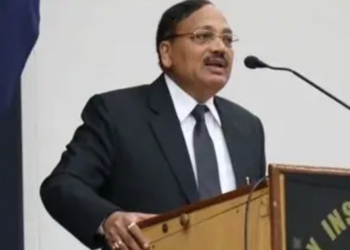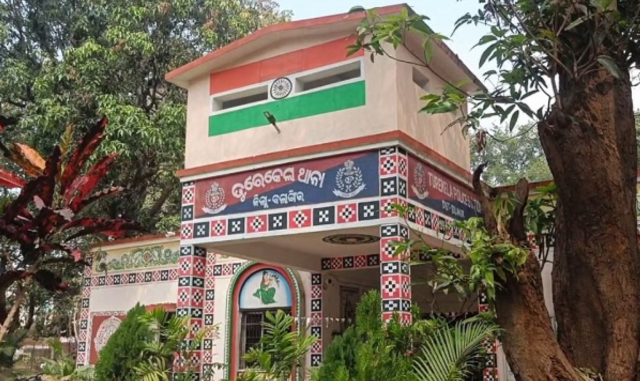Delhi’s long streak of clean air has finally ended ahead of Diwali, with the national capital’s Air Quality Index (AQI) slipping into the ‘poor’ category on Tuesday morning. According to the Central Pollution Control Board (CPCB), Delhi recorded an AQI of 201, marking its first “poor” day since June 11, when the city last saw a reading of 245.
A view of skyscrapers covered in haze due to rising air pollution levels in Delhi-NCR. (HT Photo)
Air Quality Likely To Worsen This Week
The Centre’s Air Quality Early Warning System (EWS) has projected that Delhi’s air quality will remain ‘poor’ between October 14 and 16, with conditions likely to deteriorate further in the coming days.
“Delhi’s air quality is very likely to be in the ‘poor’ category from October 14 to October 16. The outlook for the next six days shows it may range between ‘poor’ and ‘very poor’,” the EWS bulletin said on Monday.
On Monday morning, Delhi recorded a moderate AQI of 169 at 9 a.m., which rose to 189 by 4 p.m. The sharp increase of 22 points from Sunday’s AQI of 167 indicated the beginning of the seasonal decline in air quality.
124 Days Of Cleaner Air Ends
According to CPCB data, Delhi enjoyed 124 consecutive days of cleaner air — 77 of those days were in the “satisfactory” range, while 47 were “moderate.” Experts, however, warn that with the withdrawal of the monsoon, falling temperatures, and the onset of stubble burning and festive emissions, the city’s annual smog season has begun.
CPCB categorises air quality as:
-
Good (0–50)
-
Satisfactory (51–100)
-
Moderate (101–200)
-
Poor (201–300)
-
Very Poor (301–400)
-
Severe (401–500)
Experts Cite Weather, Wind Conditions
Meteorologists say changing weather patterns are playing a key role in trapping pollutants close to the surface.
Mahesh Palawat, Vice President (Meteorology) at Skymet Weather, said:
“Wind speed has reduced to 6–10 km/hr. Wind direction is westerly to northwesterly with marginal stubble intrusion. We don’t expect significant weather changes, so similar conditions are likely to persist.”
Stubble Burning Not The Main Factor Yet
The Decision Support System (DSS), which tracks pollution sources contributing to Delhi’s PM2.5 levels, showed that stubble burning accounted for only 0.62% of pollution on Monday, a small rise from 0.24% the previous day.
This suggests that local emissions and reduced wind speed, rather than crop residue burning, are currently driving pollution levels.
Delhi Government’s Green Initiative
Meanwhile, the Delhi government announced that the 41-kilometre Southern Ridge area will be declared a ‘Reserved Forest’ to help combat pollution and expand the city’s green cover.
Chief Minister Rekha Gupta said on X that the move marks a major step toward “protecting Delhi from pollution and strengthening environmental balance.”





























